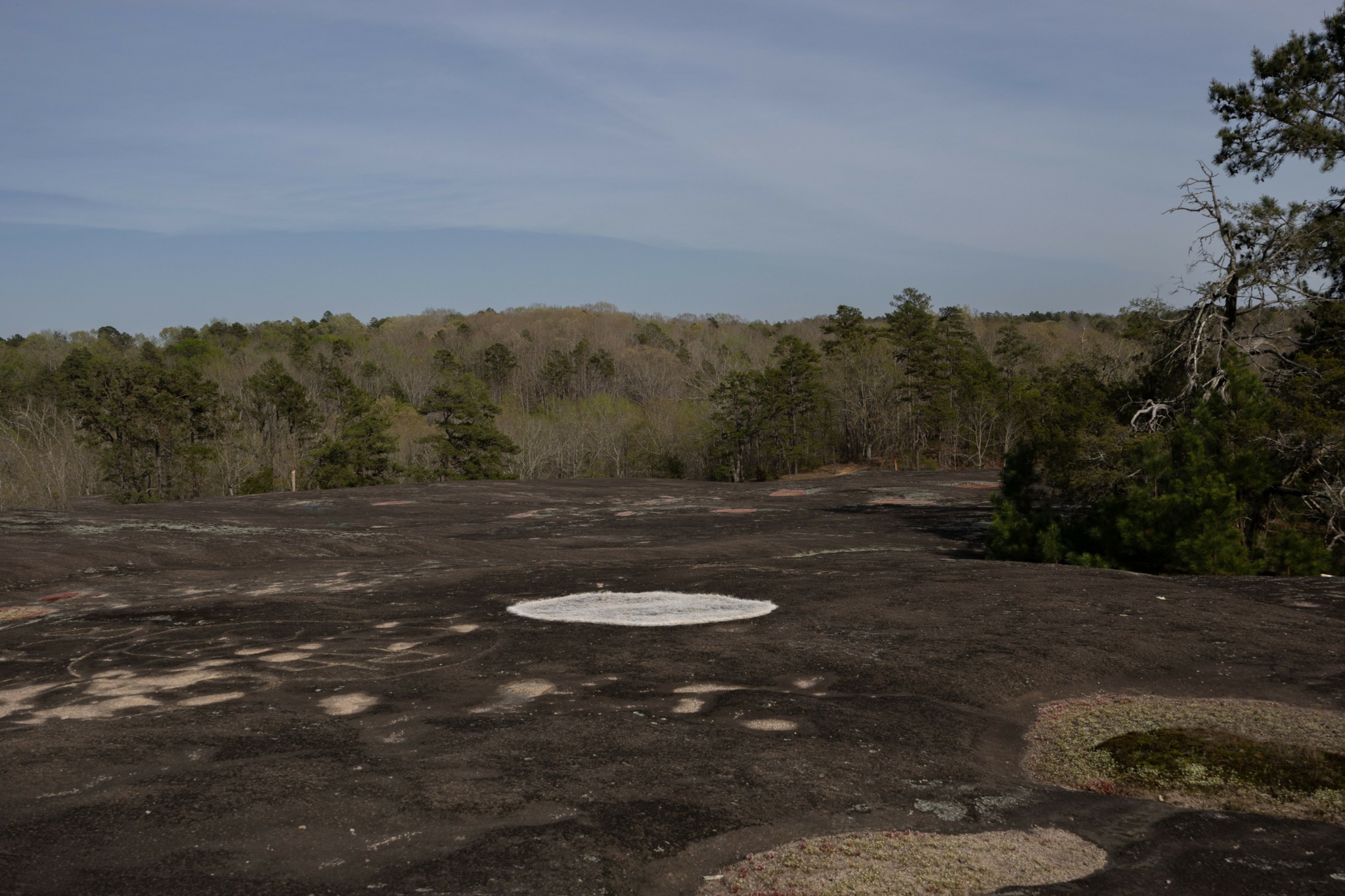We caught up with the brilliant and insightful Chen Gao a few weeks ago and have shared our conversation below.
Alright, Chen thanks for taking the time to share your stories and insights with us today. Can you talk to us about how you learned to do what you do?
I’ve learned through education, hands-on practice, and personal exploration. While my studies built the foundation, much of what I know comes from directly engaging with materials and my instincts—whether in design, photography, or installations. Learning by doing has shaped how I approach my practice.
Looking back, I think I could have grown faster by embracing failure earlier. Letting go of the need for polished results and focusing on play and experimentation helped me develop more freely.
Observation, patience, and translating personal experiences into visual work have been the most essential skills. Technical abilities are important, but being open to materials, spaces, and moments feels just as crucial.
When I feel overwhelmed, I turn to meditation or free writing. Sitting down and letting my thoughts flow without overthinking often brings clarity and untangles everything naturally.
Balancing teaching, personal projects, and exhibitions has been one of the biggest challenges. Sometimes, stepping away—through writing, reflection, or nature—gives a new perspective and keeps my process moving.

Chen, before we move on to more of these sorts of questions, can you take some time to bring our readers up to speed on you and what you do?
I’m an artist, designer, and educator working across multiple mediums, including graphic design, photography, installation, and performance. My work often reflects personal experiences and emotions, focusing on the in-between—spaces where things feel fluid, uncertain, or undefined. I approach art as a way to understand and express myself, allowing intuition to lead the process.
I began with making things—experimenting with materials and forms—rather than following a formal design approach. Over time, this curiosity evolved into exploring more experimental and interdisciplinary projects, letting each piece take its own shape through reflection and material exploration.
My work spans from visual experiments and installations to site-specific projects and sculptural pieces. What defines my work is a sense of quietness and subtlety, often exploring themes like movement, distance, and memory. I’m interested in making work that feels grounded in personal reflection but leaves space for open interpretation.
One work I’m particularly connected to is ‘Swing’, a site-specific installation created during ecoSuites Residency in Greece. The piece involved suspending a handmade swing in an open landscape, inviting the environment—wind, sound, and shifting light—to shape the experience. It wasn’t about interaction but about observing the presence of the object in space, reflecting ideas of longing, stillness, and impermanence. People may find a sense of quiet exploration and connection and connect themselves to my processes. Letting the work speak for themselves.

Are there any resources you wish you knew about earlier in your creative journey?
I’ve learned how important it is to stay connected with the world outside my usual environment. When I stay in my own area, everything can feel fine, and I can convince myself that I’m doing well. But if I really want to grow and see the world from different angles, I know I need to reach out and communicate with people beyond my daily surroundings.
It’s not just about connecting with others—it’s about seeing the world in the fullest sense. Seeing doesn’t just mean looking at things with my eyes, but noticing how people live, how environments shift, and how emotions are felt and expressed. It’s about paying attention to the details—the way the world moves and responds.
Every time I step outside of my space, I realize—oh, I should have done this sooner. There’s always something happening that I wouldn’t have known if I hadn’t looked beyond my own small zone.
I also wish I had discovered the importance of artist residencies and the communities they create much earlier. Residencies give me the time and space to focus deeply on my work while connecting with other artists and new environments. Being in those spaces often shifts how I see things and opens doors I hadn’t expected. Looking back, I think those experiences could have helped me grow in ways I didn’t realize I needed at the time.

For you, what’s the most rewarding aspect of being a creative?
The most rewarding part of being an artist is the process itself. It’s not mainly about pursuing final outcomes or anticipating unexpected moments—though they can happen and feel satisfying. What really matters to me is being present with the work, immersed in making. Through that process, I start to see myself more clearly, and that clarity becomes a way of understanding where I am.
At times, I do find myself wanting to chase results or feel pressured to reach a certain point. But making the work allows me to step back and question if I really need that outcome or if the process alone is enough. It helps me stay balanced, giving me space to reflect and figure out what I actually want. That back-and-forth keeps me grounded and connected to my work.
Contact Info:
- Website: https://chengao.me/
- Instagram: https://www.instagram.com/chengaoart/
- Linkedin: https://www.linkedin.com/in/chen-gao-68b0b0164/




Image Credits
personal photo image credit: Apollinariia Ilina
additional photo image credit: Chen Gao


